I was sitting in an inflatable boat on the East River in New York City. It was an early morning in 2018, on the first day that governments were coming together to discuss the creation of the Global Ocean Treaty. Alongside other Greenpeace activists, we flew a turtle kite in front of the United Nations Headquarters, where the meeting was about to begin. The rising sun cast a golden light across the UN building. It was deeply symbolic – both of the importance of this moment and of how I felt. Finally, after nearly 15 years in the making, delegates from around the world had come together to negotiate this Treaty. For the first time, I felt real hope that we could protect the ocean.
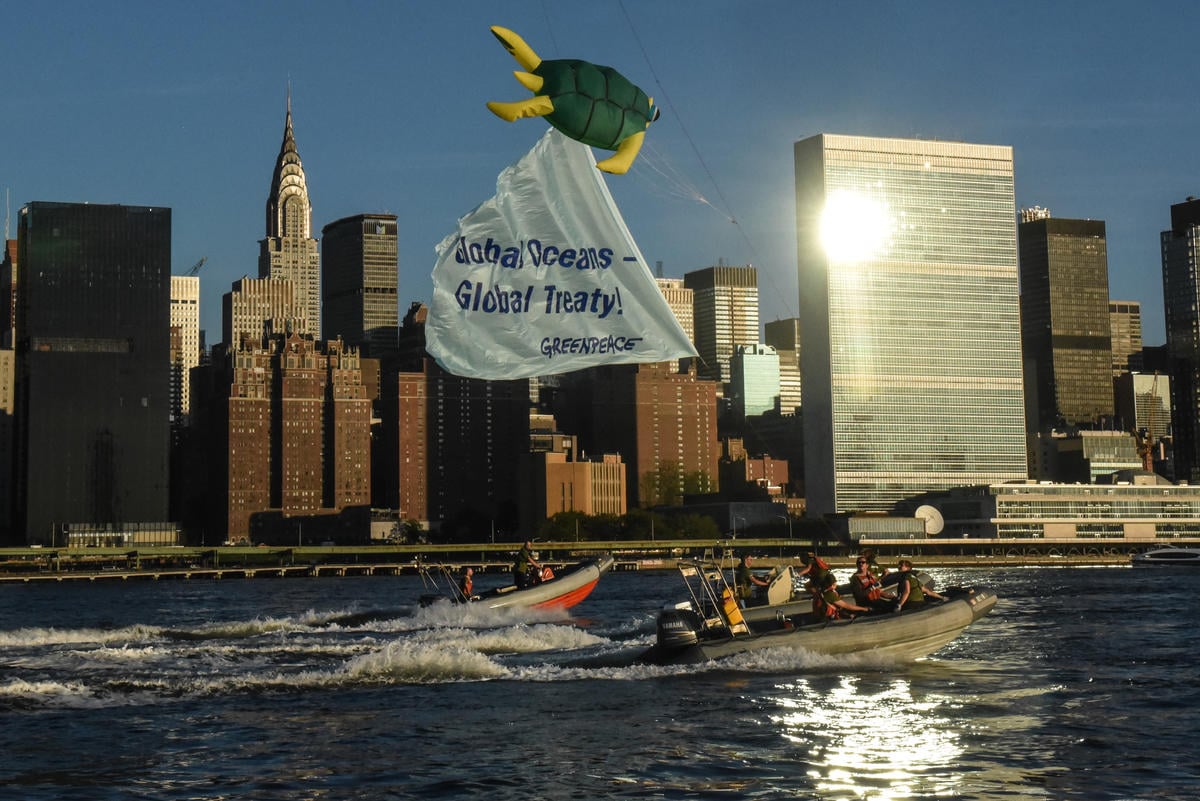
Five years later governments agreed to the Global Ocean Treaty in 2023, a historic victory and one of the biggest environmental achievements. For the first time ever, it gave us a global legal framework to create protected areas in international waters – the global commons that belong to all of us and cover 64% of Earth’s surface. Such sanctuaries are areas off-limits to destructive human activities that have devastated marine ecosystems for decades. They are crucial for solving the present ocean crisis. Sanctuaries create space for whales, sharks, turtles and other marine life to recover and thrive; safeguard the food and livelihoods of billions of people worldwide, and help to slow down climate change.
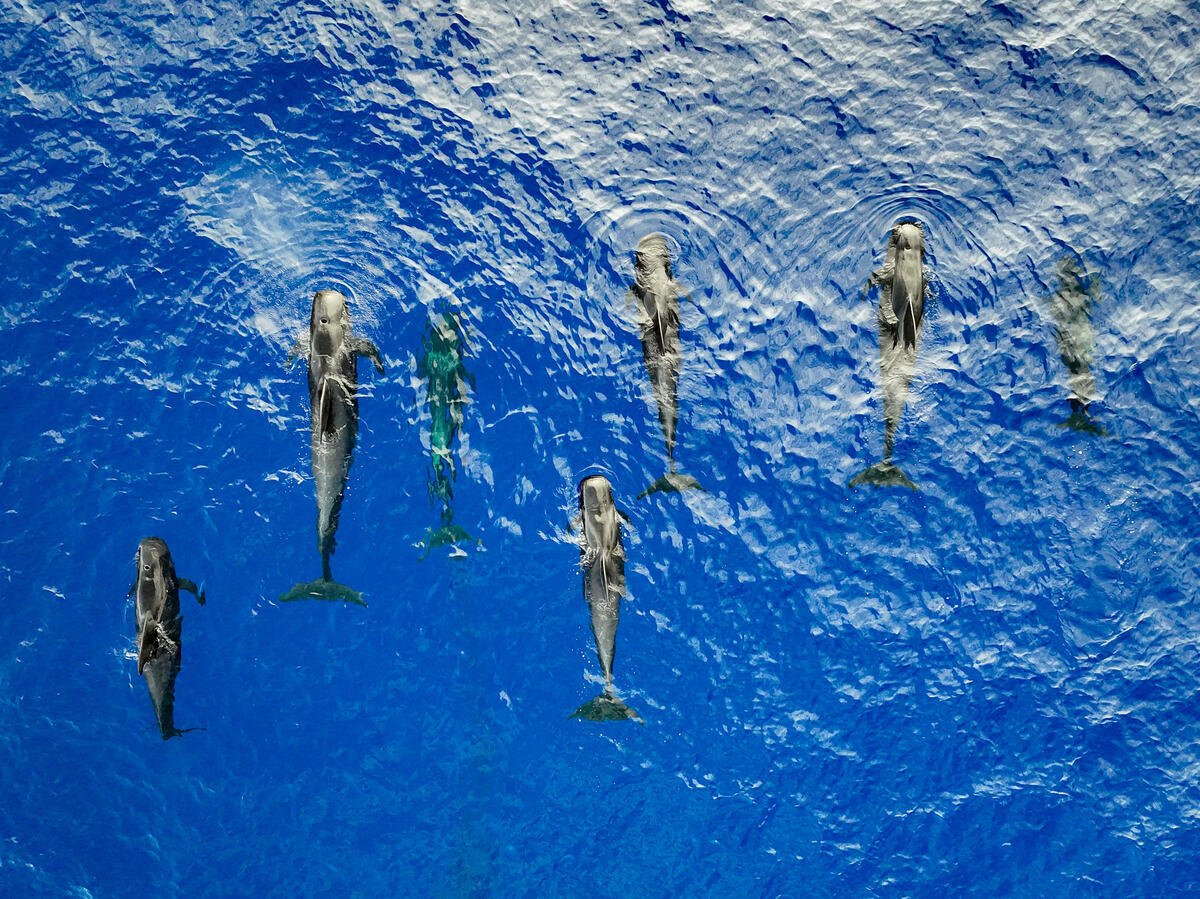
But before governments could create them, at least 60 countries had to turn the Treaty into national law. Only then would it officially enter into force. Normally, this process takes many, many years but time was running out. Governments agreed back in 2022 to protect at least 30% of the ocean by 2030. Scientists say that this is the minimum that we need to rebuild the ocean´s health. But less than 1% of international waters is fully or highly protected. So Greenpeace campaigned tirelessly with allies, communities and supporters all over the world for governments to do their homework.
And it worked! Only two years after governments agreed to the Global Ocean Treaty, more than 60 countries have now ratified the agreement. This is a massive achievement for all the activists, supporters and allies who stood up and raised their voices for ocean protection in recent years.
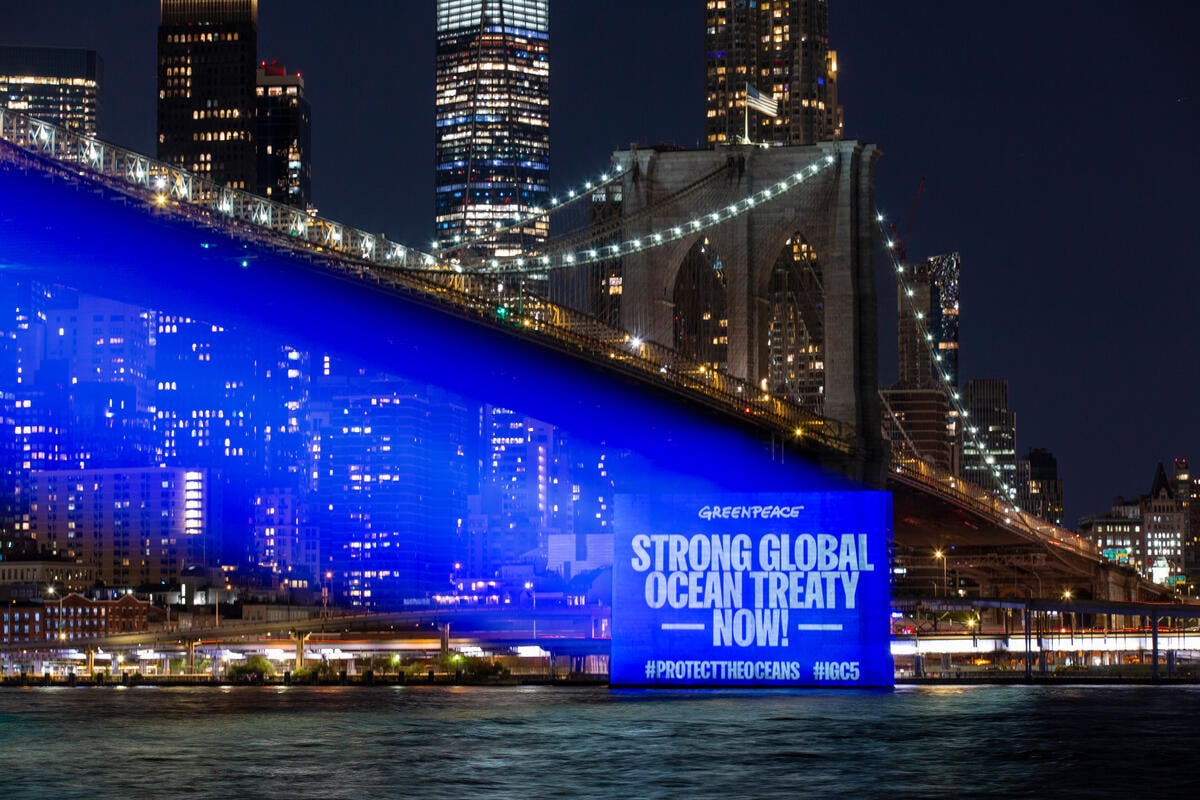
But the work isn’t done yet, and stormy seas lie ahead of us: We have only five years left to protect at least 30% of the ocean. Industry players won´t sit back and quietly watch sanctuaries being created. That´s why our movement must be stronger and bigger than ever to remind governments not to lose sight of the big picture.
Heads of state need to start the work on progressing sanctuaries immediately and ensure that Indigenous Peoples and local communities (IPLCs) have a say in setting these up. Their lives, food and livelihoods depend on healthy oceans. Traditional knowledge and practices of IPLCs are therefore key to ensuring the Treaty delivers meaningful change. Governments also need to ensure that sanctuaries will be fully and highly protected from any form of destructive industries. Otherwise they risk creating areas that are protected in name only and leave the door open for destructive players like the industrial fishing industry to continue to plunder the ocean.
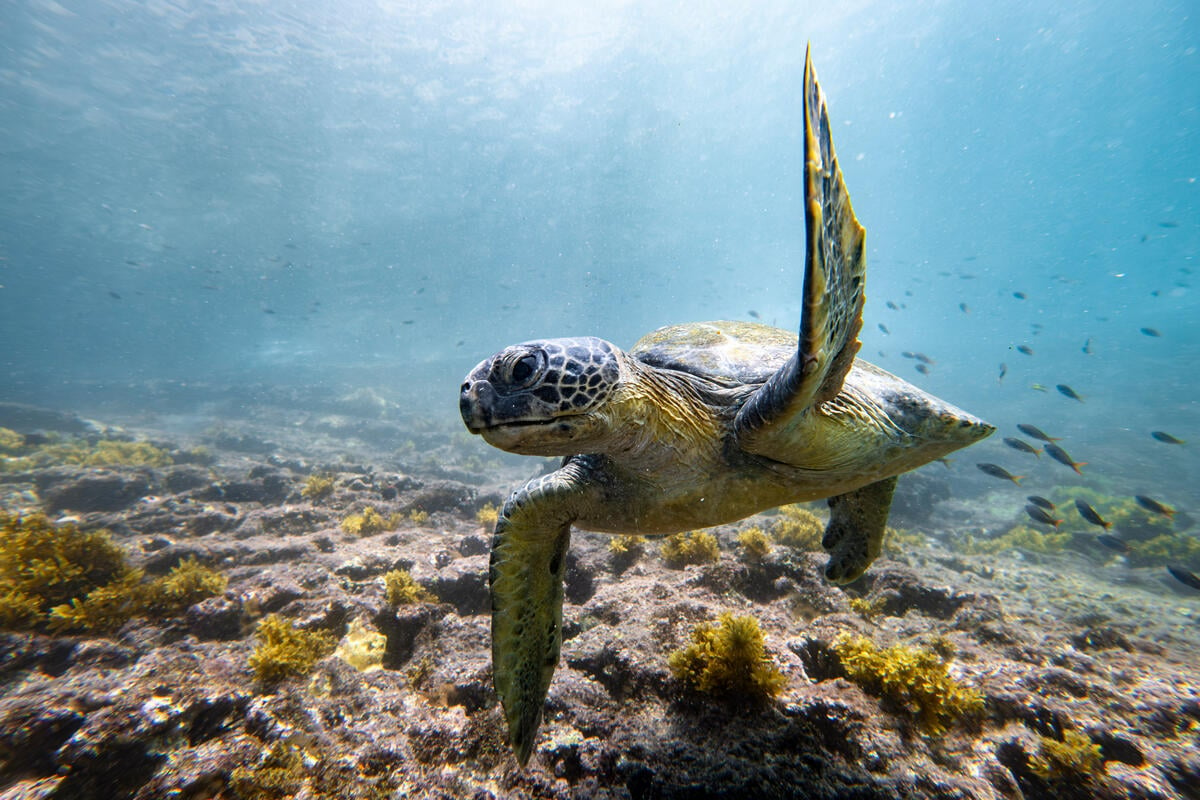
While a lot of work is still ahead of us, now that 60 governments have signed the Treaty into national law, I look back on that moment in 2018 and feel the same sense of hope. I know that even in a divided world, protecting nature can still triumph over conflicts between politicians and corporate profits. I see that governments can still come together and achieve massive victories for nature. And I stand in awe of the people around the world who have and continue to demand ocean protection. We will continue to stand up for our ocean and ride the wave into a better future. Will you join us?
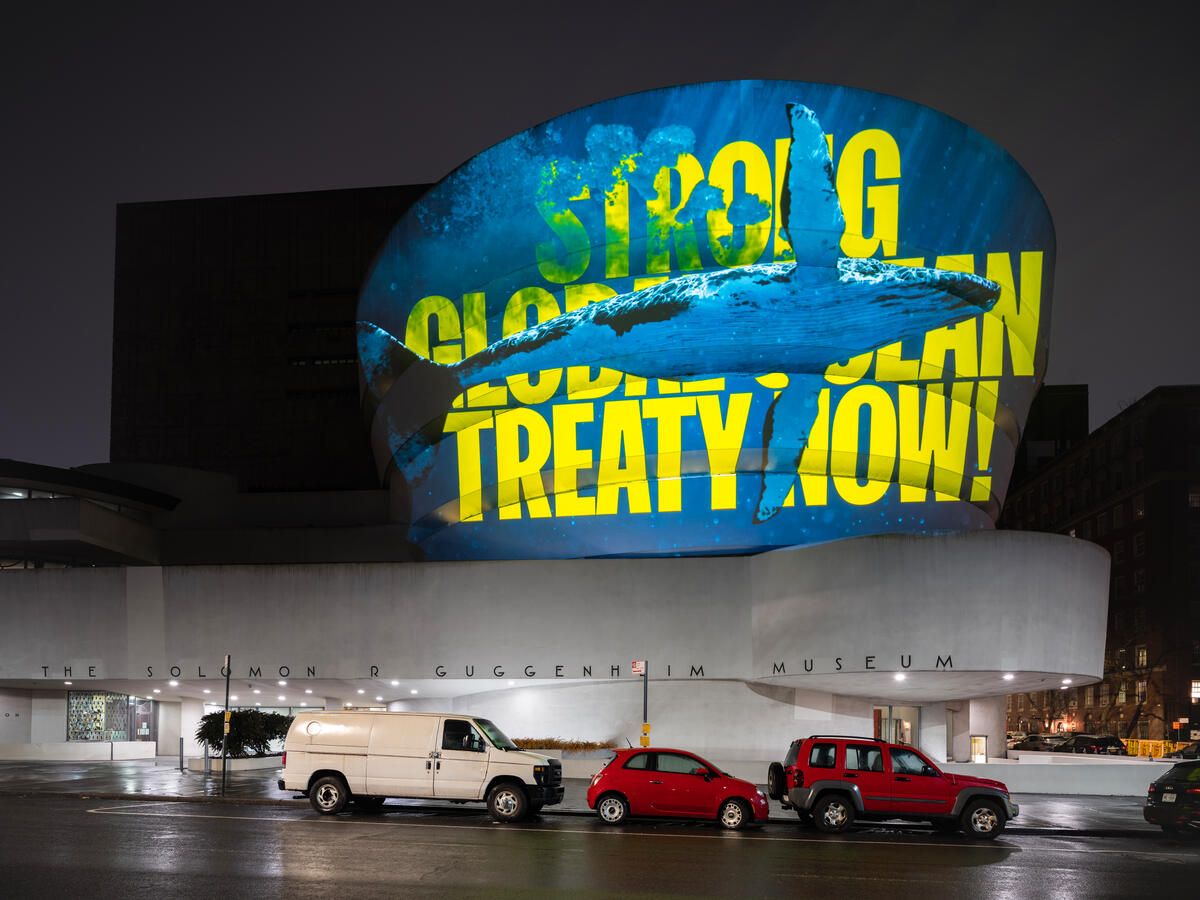
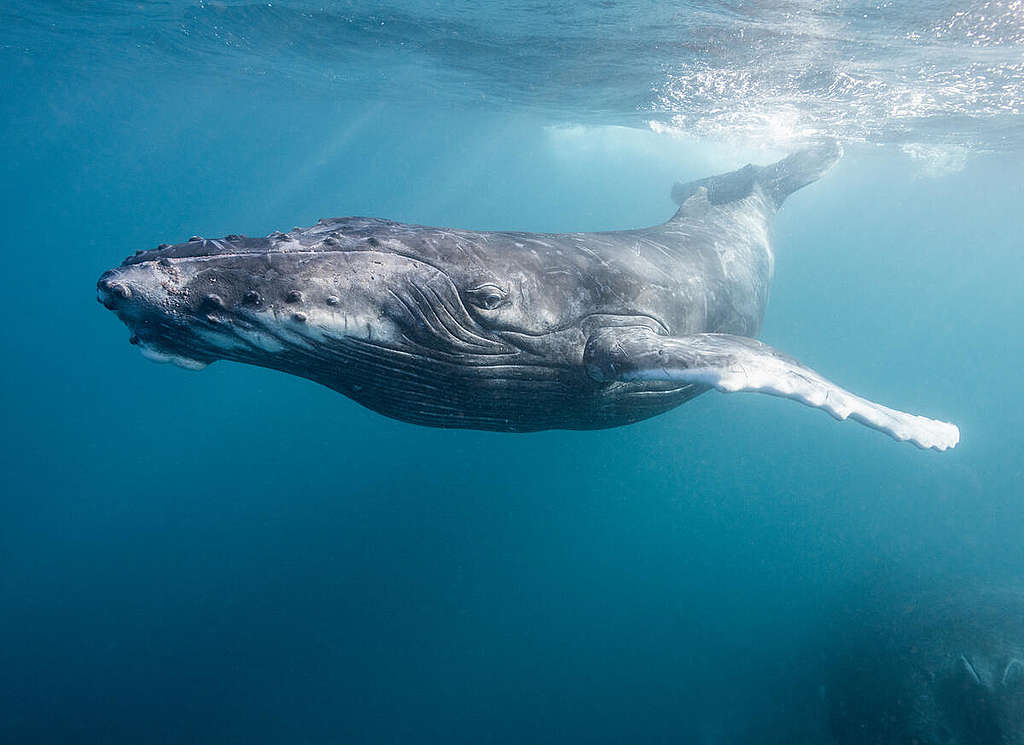
Call on your government to start implementing protected sanctuaries
Sign the PetitionLukas Meus is an Ocean Campaigner at Greenpeace International.

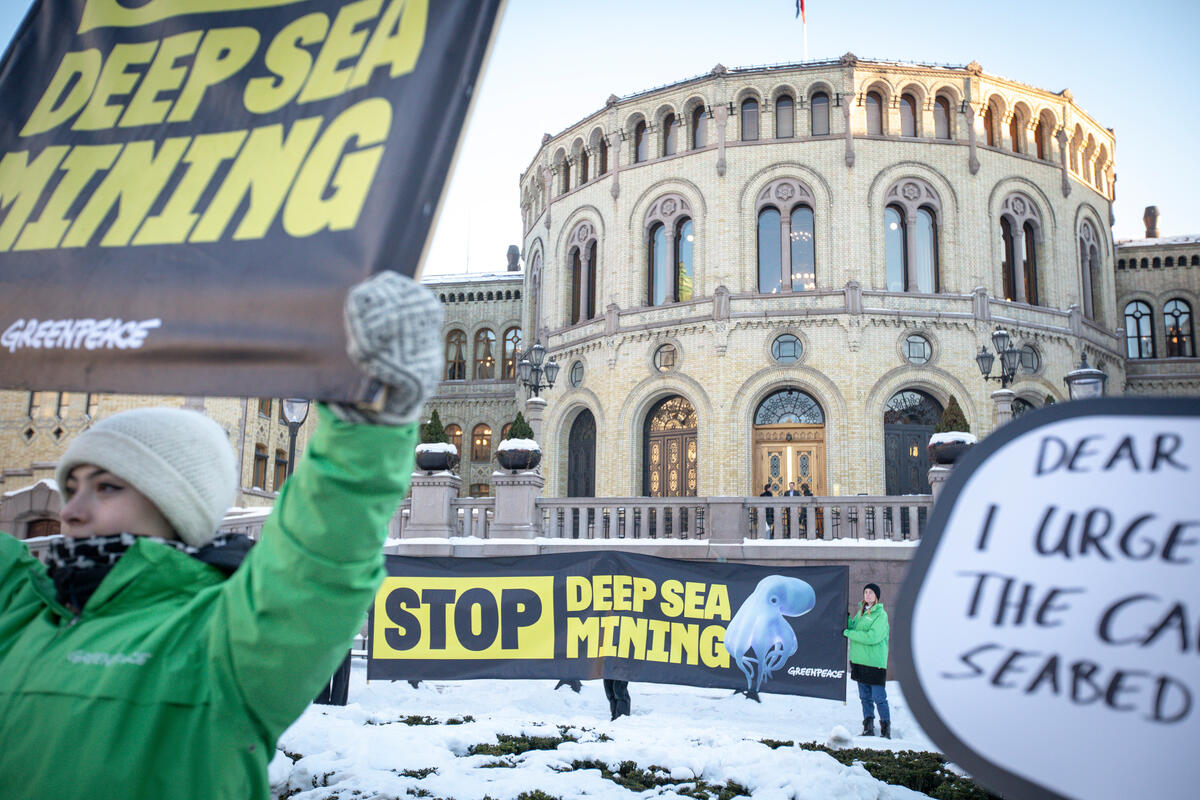

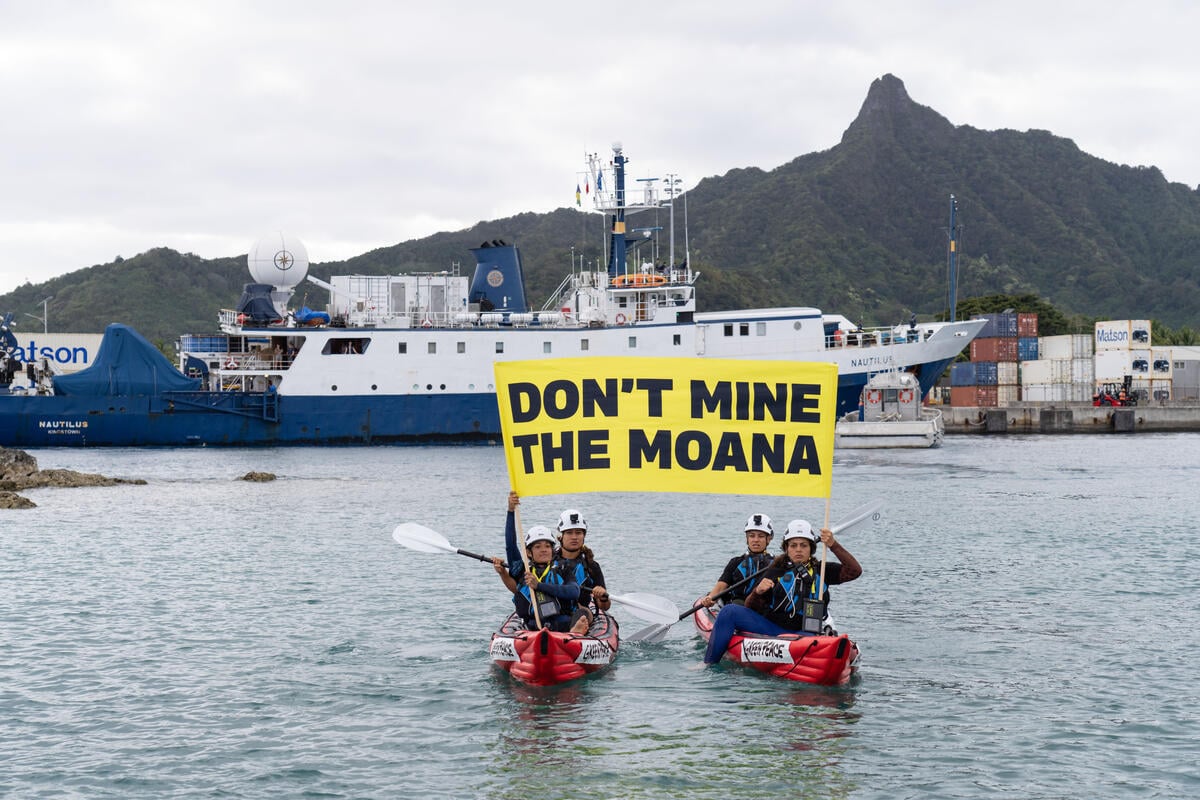
Discussion
I believe the earth would be a much better place minus things like generative ai, litter, toxic plastics, and unfortunately also some clothes